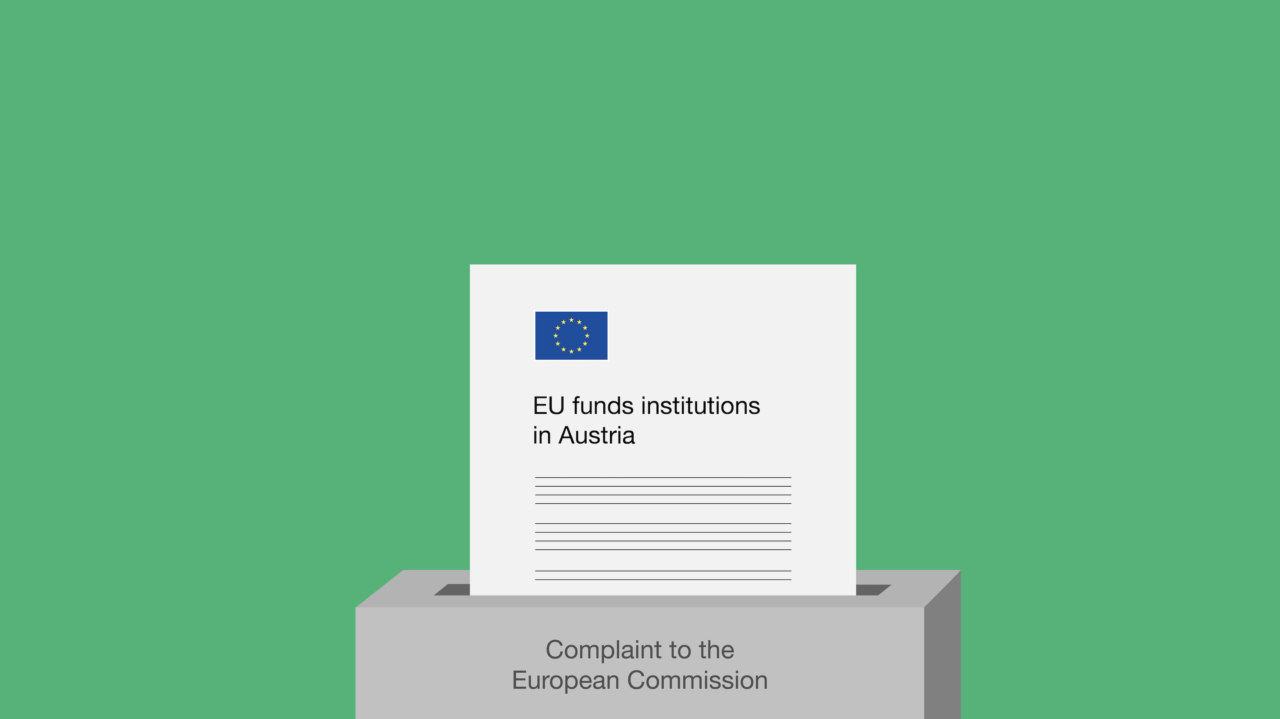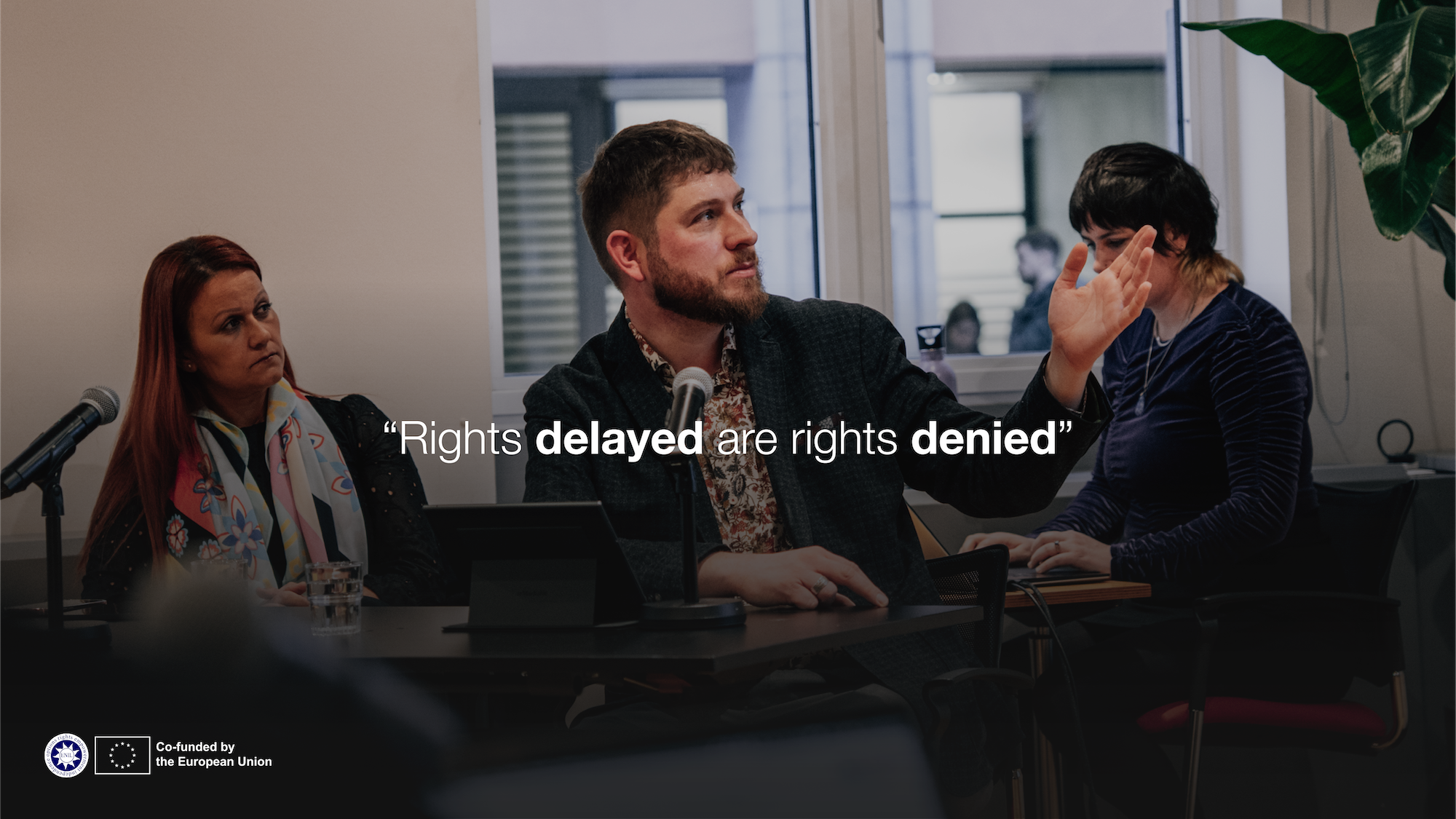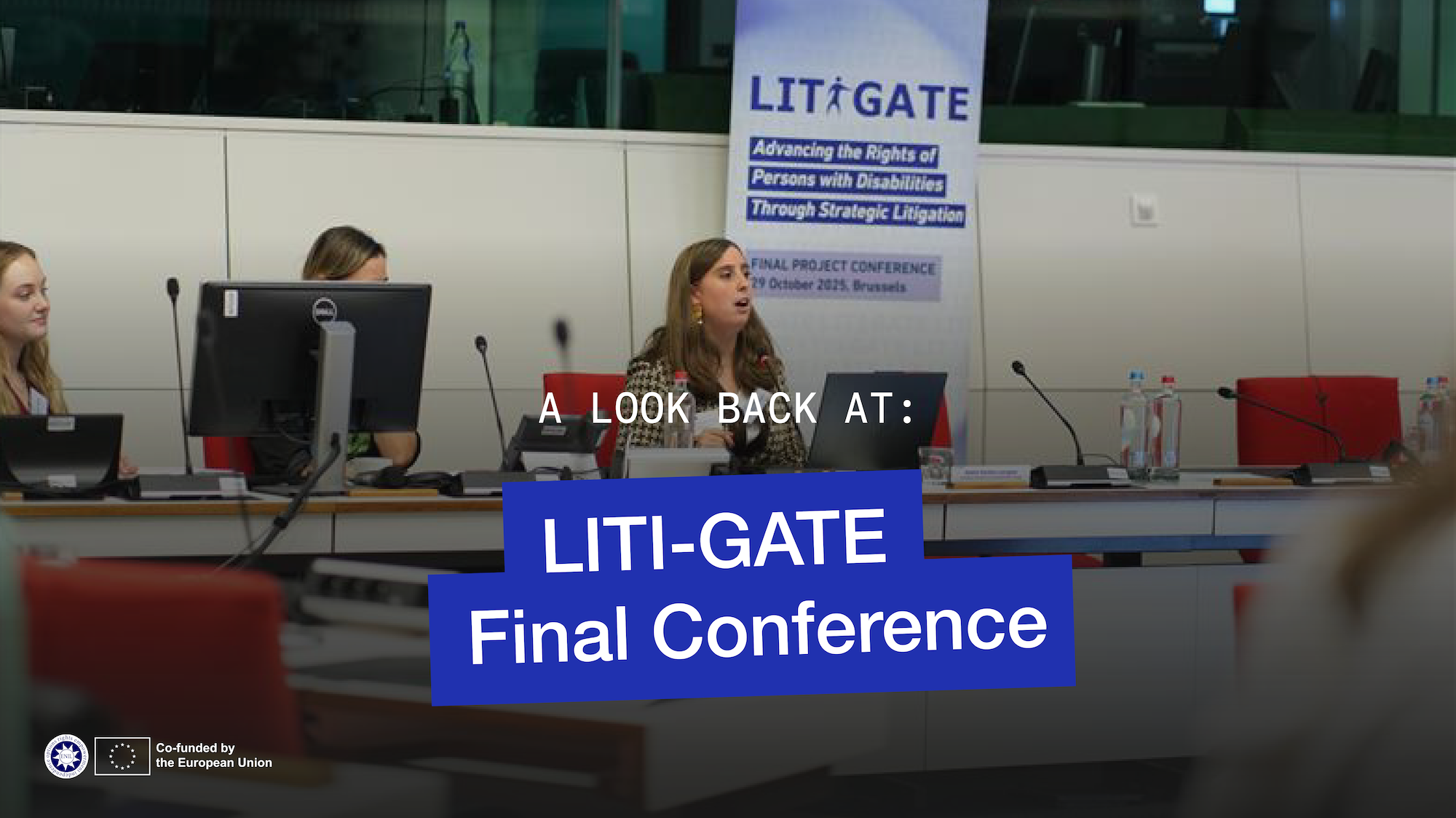In 2022, ENIL and Independent Living Austria learned about the building of a new institution, the Comeniusheim in the Carinthian Province in Austria, co-financed with European Union funds, in this case with the European Agricultural Fund for Rural Development. This institution was going to replace an older one, which hosts disabled children and is connected to a private special school.
The building or renovation of institutions is a violation of article 19 on the right to independent living of the United Nations Convention on the Rights of Persons with Disabilities (UN CRPD), which the European Union has ratified. It is also in breach of the European Union Charter on Fundamental Rights, as its article 26 calls for measures that ensures disabled people’s independence and participation in the community, and article 21 prohibits discrimination on the ground of disability.
ENIL and Independent Living Austria decided to file a complaint to the European Commission, which is charge of monitoring European Union funds. This is not the first time ENIL files a complaint about the use of European Union funds to finance institutions, and we have filed two previous complaints about Austria in particular. In the complaint, we laid down the facts and the relevant legislation, hoping that the European Commission would act and put an end to this situation.
However, the response we received from the European Commission was extremely disappointing. The European Commission decided to close our complaint, arguing that there is no violation of European Union law.
First, the European Commission argues that when Member States violate human rights, the Commission only intervenes when European Union law is applied. In the case of European Union funds, Member States are in charge of designing and implementing the projects.
What is very concerning is that the European Commission considers that Member States implementing European Union funds is not necessarily an application of European Union law. This means that, in their view, the European Commission does not have to act, and that the Charter on Fundamental rights would not be applicable. Therefore, the European Commission would be powerless to end violations of human rights committed in the facilities built using European Union funds by Member States.
Second, the European Commission affirms that they have spoken with the authorities in Austria, who are managing the funds, and they say that the new building is accessible and has smaller rooms. According to the CRPD and the General Comment 5, an institution, however nice it is, remains an institution and is in violation of the CRPD. Nevertheless, ENIL has requested to receive the communications with the Austrian authorities, and we are waiting for a response.
Finally, the Austrian national authorities told the European Commission that the Austrian Disability Council was involved in the consultations for the designing of the programme. But when Independent Living Austria contacted the Austrian Disability Council, they said the consultations are just a formality, and that they have been consistently opposing the building of institutions. The Carinthian Monitoring Committee, which overlooks the implementation of the CRPD in the province, has also supported our complaint.
The Special Rapporteur on the Rights of Persons with Disabilities, Gerard Quinn, remarked in his report on the EU, published this year, that the European Commission is misinterpreting the right to independent living and deinstitutionalization. At the core of this complaint, we can clearly see this: the European Commission believes that institutionalization is acceptable and condones building and renewing institutions with European Union funds, even when it comes to children.
ENIL will continue reporting the use of EU funds for institutionalization, and we hope others will join us, also by reporting at national level.
Read the response from the European Commission here and the response from ENIL here.



